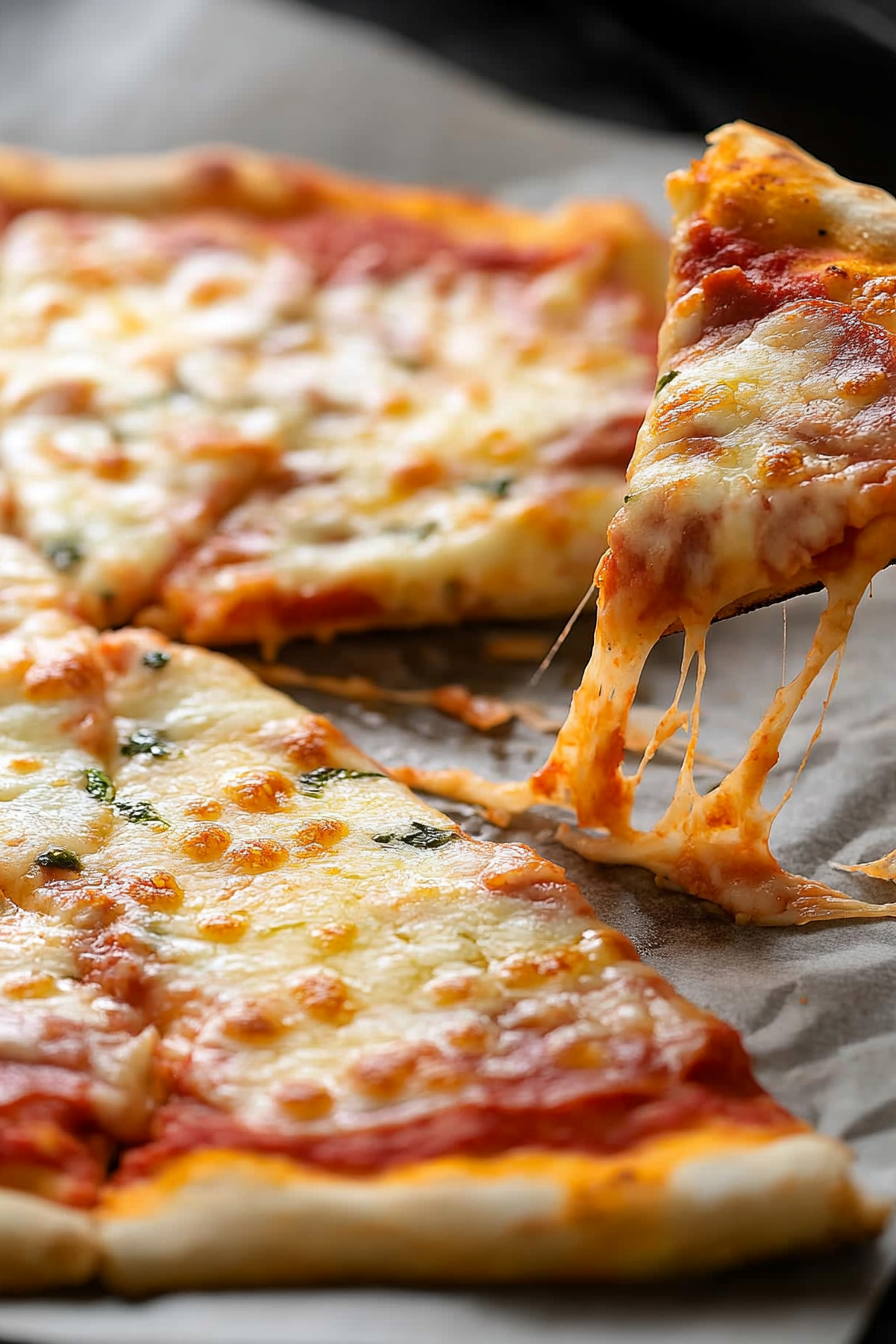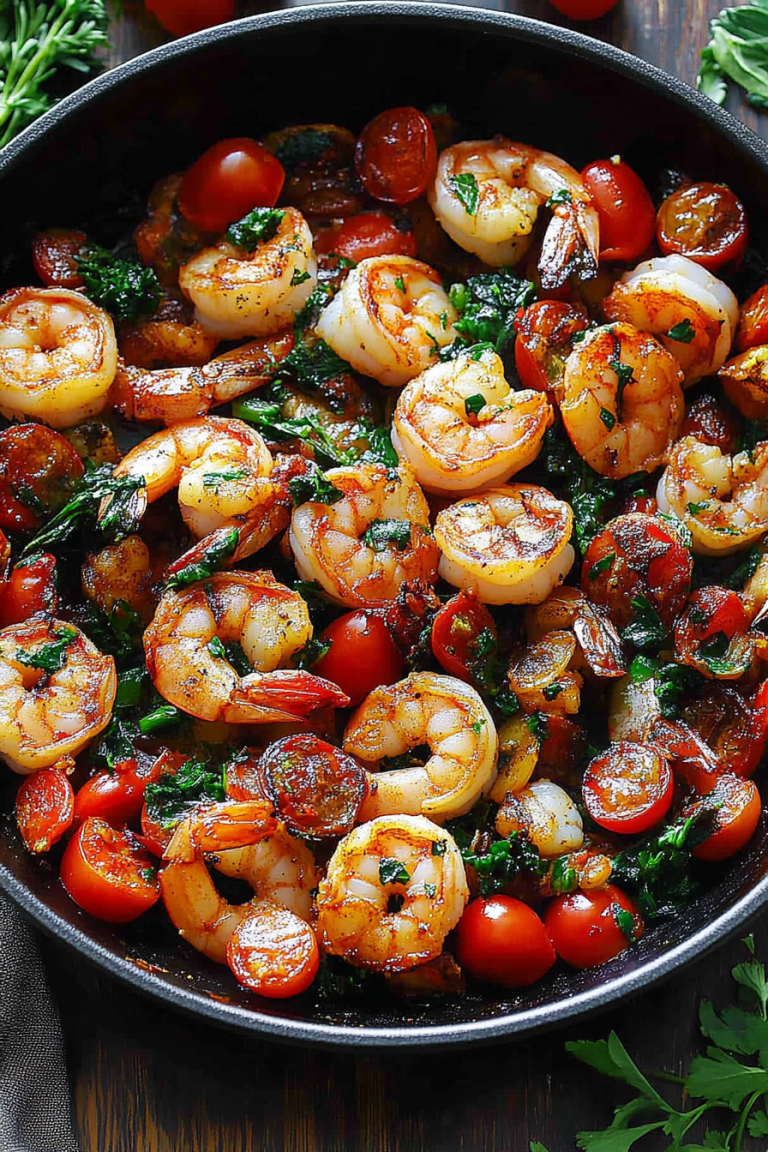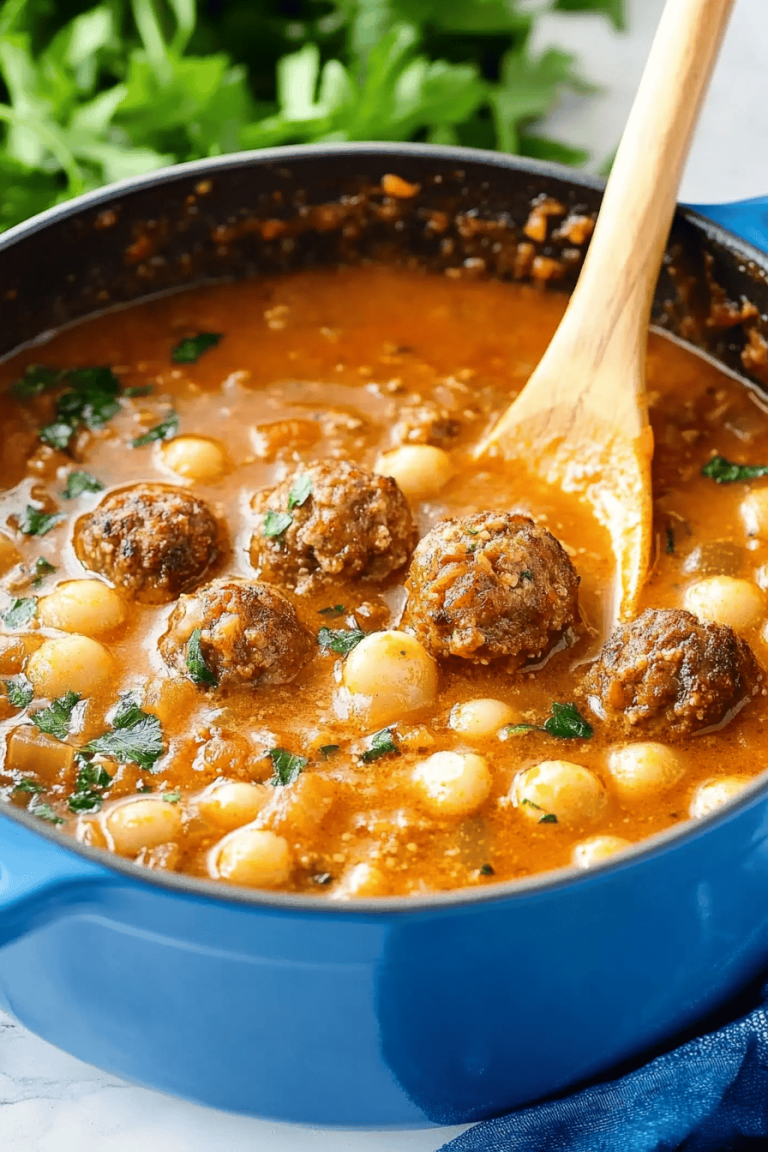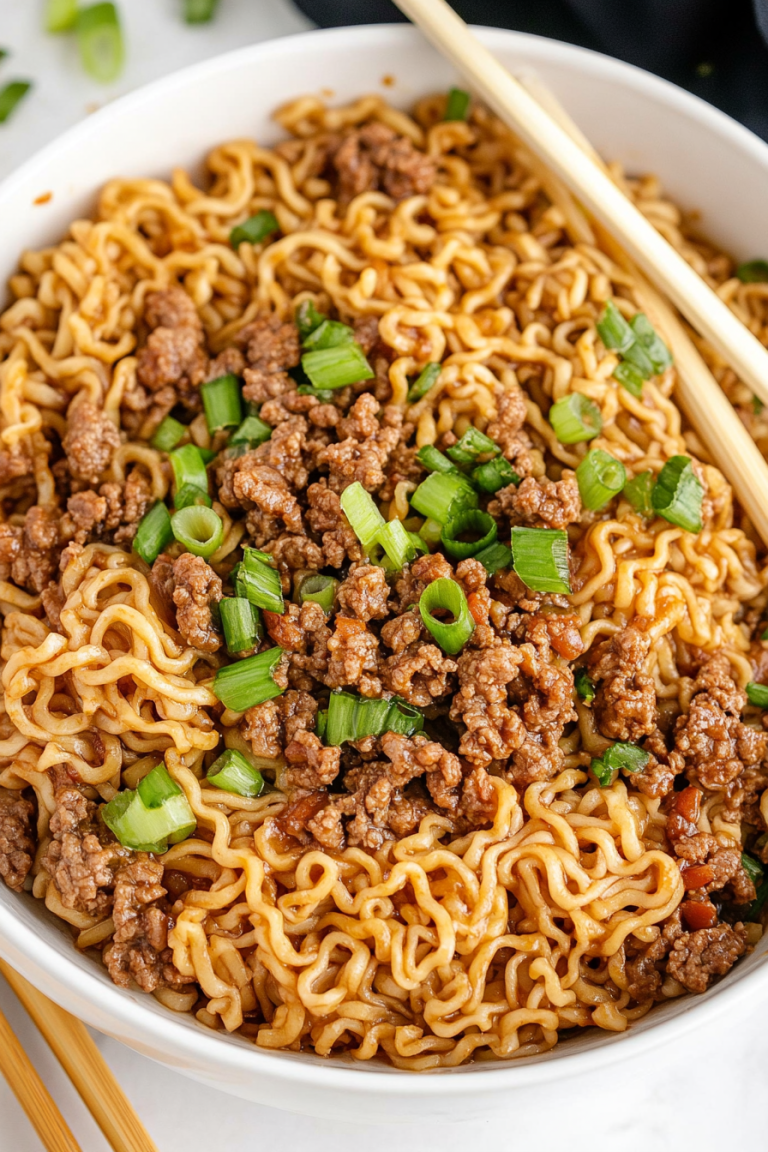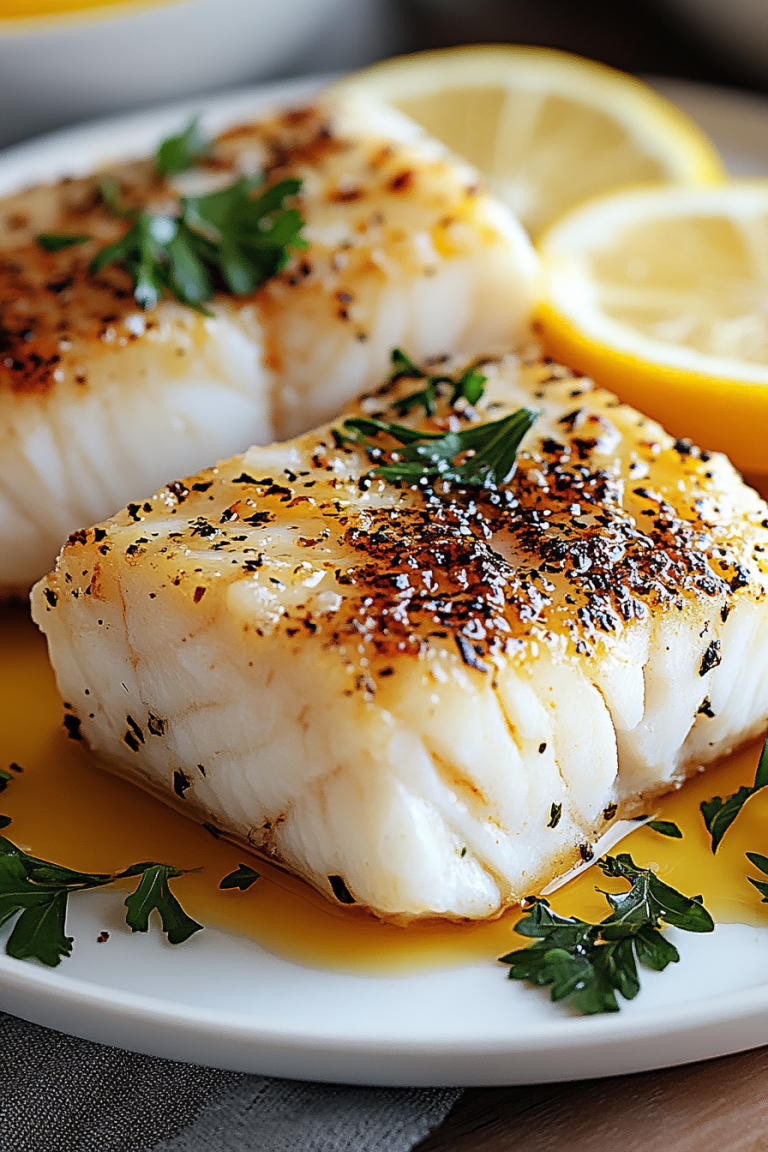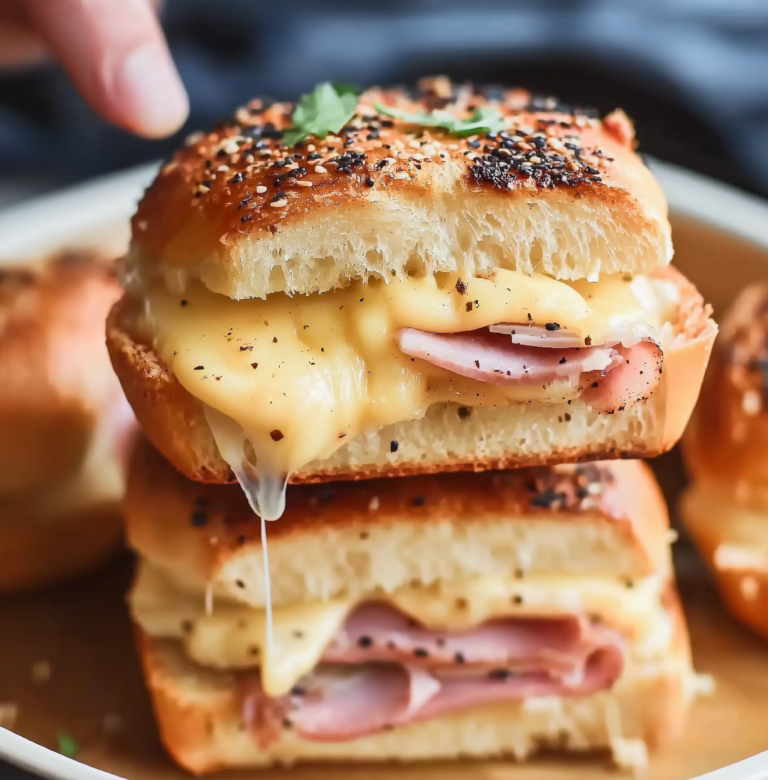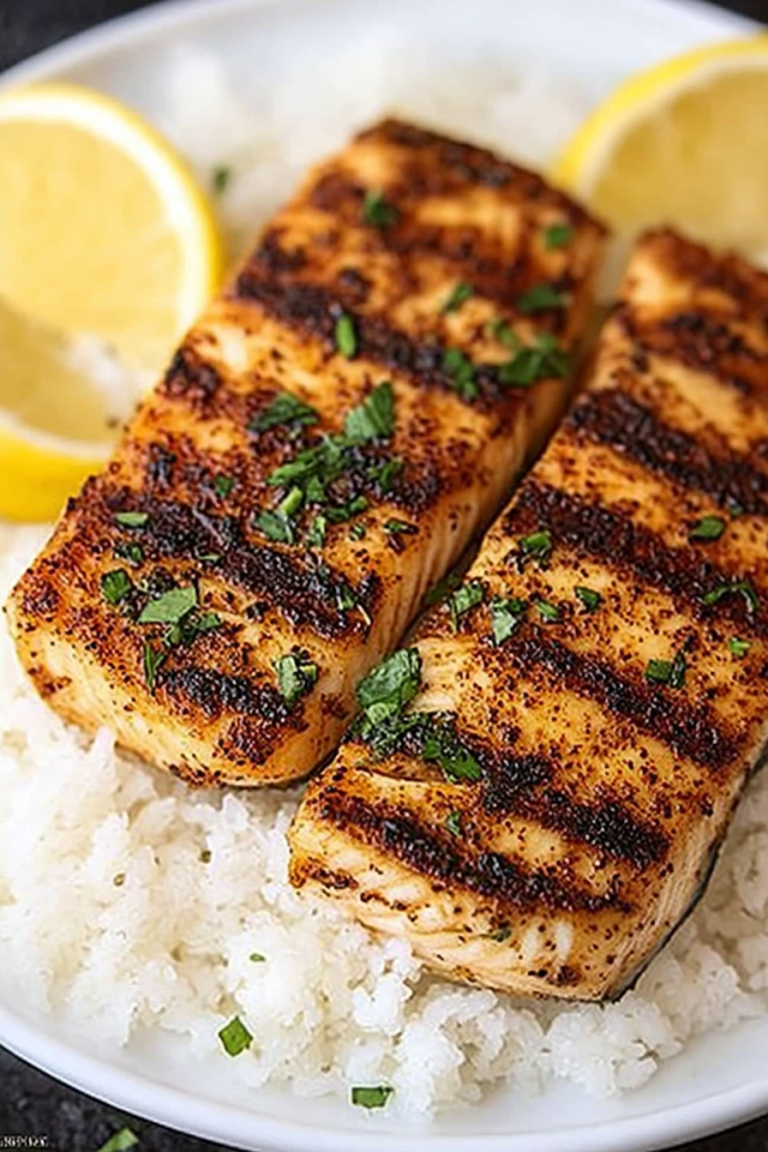Oh, pizza night! It’s a sacred ritual in our house. The smell of baking dough, the bubbling cheese, the sheer joy on everyone’s faces as they pick their perfect slice. For years, though, I felt like I was missing out on the full experience because of gluten. Finding truly satisfying gluten-free pizza toppings felt like a quest sometimes, a bit like searching for a unicorn. You know, those moments when you’re staring at a menu or a fridge full of possibilities and think, “What can I actually put on this that isn’t just… sad?” I remember one particularly disastrous attempt where I ended up with a plain cheese pizza that tasted more like cardboard than comfort food. But over time, through a lot of trial and error (and more than a few questionable experiments!), I’ve discovered a whole universe of fantastic gluten-free pizza toppings that are not just good, but *spectacular*. It’s honestly brought back the magic of pizza night for our whole family, and I’m so excited to share what I’ve learned with you. Forget the limitations; let’s talk about what makes a gluten-free pizza sing!
What are gluten-free pizza toppings?
So, what exactly are we talking about when we say “gluten-free pizza toppings”? It’s not just about avoiding the obvious gluten culprits, like regular wheat flour in the crust (though that’s a big part of it, and we’ll get there!). For toppings, it’s about being mindful of ingredients that might seem harmless but secretly contain gluten. Think about processed meats like some sausages or pepperoni – they can sometimes have fillers. Or sauces, marinades, and even some cheeses that might have anti-caking agents or flavor enhancers with gluten. Essentially, gluten-free pizza toppings are all the delicious things you can pile onto your pizza base, from vibrant vegetables and savory meats to creamy cheeses and zesty sauces, all while being completely free of gluten. It’s about celebrating flavor and texture without compromise. Think of it as building your dream pizza, layer by delicious layer, with pure, unadulterated goodness. It’s essentially a culinary adventure where every ingredient is a happy, gluten-free friend!
Why you’ll love this guide?
Honestly, the biggest reason you’ll love diving into this guide is the sheer joy it will bring back to your pizza nights. For so long, I felt like I was making compromises, but I’ve learned that’s just not the case anymore.
First off, the flavor! We’re talking about combinations that are so vibrant and satisfying, you won’t even miss a thing. Imagine the sweet burst of caramelized onions mingling with salty olives and a creamy dollop of ricotta – it’s a symphony in your mouth. Or the smoky char of roasted bell peppers alongside spicy chorizo. These aren’t just substitutes; they are stars in their own right.
What is the second part of the puzzle?simplicity. A lot of these ideas are incredibly easy to pull together, even on a weeknight. I’m all about making delicious food without a fuss, and these topping combinations are proof that you don’t need to be a gourmet chef to create something amazing. Most of them are as simple as chopping a few veggies or opening a package.
Let’s not forget about the importance of family.cost-efficiency. Fresh vegetables, certain types of cured meats, and basic cheeses are often quite budget-friendly. You can load up your pizza with goodness without breaking the bank, making it an affordable treat for the whole family. Plus, many of these toppings are versatile and can be used in other meals, so you’re not buying specialty items that go to waste.
The versatility is huge, too. Whether you’re a vegetarian, a meat-lover, or somewhere in between, there’s something here for everyone. You can mix and match, experiment, and create a pizza that’s uniquely yours every single time. What I love most about these gluten-free pizza toppings is that they make pizza night inclusive. No more making a separate meal for anyone in the family or feeling left out. It’s a communal, delicious experience for all. If you’ve ever enjoyed a classic Margherita, imagine elevating that with some sun-dried tomatoes and fresh basil – it’s that kind of thoughtful, delicious upgrade we’re talking about.
How to Make The Perfect Gluten-Free Pizza Night
Quick Overview
Creating an unforgettable gluten-free pizza night is all about smart topping choices and a little bit of inspiration. It’s less about a complicated process and more about understanding how different flavors and textures play together. You’ll start by preparing your gluten-free pizza crust (whether store-bought or homemade – I have a killer recipe for that too!), then you’ll layer on your chosen sauces and cheese, and finally, pile on your fantastic gluten-free toppings. The key is balance: ensuring you don’t overload the crust and that the flavors complement rather than compete. It’s a straightforward assembly process that leads to a truly rewarding meal. This method guarantees a delicious and stress-free pizza experience every time.
Ingredients
When we talk about ingredients for gluten-free pizza toppings, think of it as building your culinary canvas. Everything you choose should add flavor, texture, or both!
For the Base (Sauce & Cheese):
A good tomato sauce is key! Look for one with simple ingredients, just tomatoes, herbs, and maybe a touch of garlic and olive oil. Sometimes pre-made sauces have sneaky gluten, so always check the label. For cheese, mozzarella is the classic for a reason – it melts beautifully. But don’t be afraid to mix in some Parmesan for a nutty kick, or even a dollop of ricotta for creaminess.
For the Toppings (The Stars!):
This is where the magic happens. We’ll break these down further, but think fresh vegetables, quality meats, and flavorful extras.
For Flavor Boosters (Optional but recommended):
A drizzle of balsamic glaze, a sprinkle of red pepper flakes, or a handful of fresh herbs can elevate your pizza from good to absolutely divine.
Step-by-Step Instructions
Step 1: Preheat & Prep Your Pizza Base
This is crucial! Make sure your gluten-free crust is ready to go. If you’re using a pre-made crust, follow the package instructions. If you’re making your own, ensure it’s shaped and ready. Preheat your oven to the temperature recommended for your crust (usually around 400-450°F or 200-230°C). If you’re using a pizza stone or steel, get that in the oven while it preheats – it makes a world of difference for a crispy bottom.
Step 2: Spread Your Sauce
Gently spread your chosen tomato sauce (or pesto, or white sauce – we’ll get to those!) evenly over the pizza crust, leaving a small border for the crust itself. Don’t go too heavy on the sauce, as it can make the crust soggy, especially gluten-free crusts which can be a bit more delicate.
Step 3: Layer Your Cheese
Now for the cheesy goodness! Sprinkle your shredded mozzarella evenly over the sauce. If you’re using other cheeses like Parmesan or dollops of ricotta, add them now too. Distribute them well so you get that cheesy pull in every bite.
Step 4: Add Your Gluten-Free Toppings
This is the fun part! Arrange your chosen gluten-free toppings over the cheese. Try to distribute them evenly so you don’t have one massive pile of toppings in one spot. This ensures even cooking and a balanced flavor in every slice.
Step 5: Bake Until Golden and Bubbly
Carefully transfer your pizza to the preheated oven, ideally onto the hot pizza stone or steel. Bake for the time recommended for your crust, usually around 10-15 minutes, or until the crust is golden brown and the cheese is bubbly and slightly caramelized. Keep an eye on it, as oven temperatures can vary.
Step 6: Rest and Garnish
Once it’s out of the oven, let the pizza rest for a minute or two. This helps the cheese set slightly and prevents all the toppings from sliding off when you cut it. Now’s the time to add any fresh garnishes like basil leaves, a drizzle of balsamic glaze, or a sprinkle of red pepper flakes.
Step 7: Slice and Serve
Using a pizza cutter or a sharp knife, slice your masterpiece. Serve immediately and enjoy the fruits of your delicious, gluten-free labor!
What to Serve It With
Pizza night is a whole vibe, and what you serve alongside it can really elevate the experience. It’s not just about the pizza itself, but the whole spread!
For a Casual Weeknight Feast: Keep it simple! A big, fresh green salad with a light vinaigrette is my go-to. It cuts through the richness of the pizza beautifully. Think mixed greens, cherry tomatoes, cucumber, and maybe some crunchy bell peppers. Sometimes, I’ll just have a bowl of olives and some extra pickles on the side – my kids go crazy for that! A cold, crisp bottle of water or a light lager is perfect here.
For a Weekend Gathering or “Fancy” Pizza Night: This is where you can get a little more creative. Alongside a more substantial salad (maybe with some grilled chicken or chickpeas), consider a side of garlic knots (using a gluten-free Bread Recipe, of course!) or some roasted vegetables. Another favorite is a small bowl of caprese salad – fresh mozzarella, tomatoes, and basil with a drizzle of balsamic. For drinks, a medium-bodied red wine like a Chianti or a sparkling cider works wonderfully. You could even do a simple bruschetta with gluten-free bread.
As a Main Course for a Light Meal: If you’re aiming for something lighter, pair your pizza with a hearty soup. A creamy tomato basil soup is a classic that complements pizza perfectly. Or, for something a bit different, a hearty lentil soup can be surprisingly good. This combination feels substantial and satisfying without being overly heavy.
My family tradition on a particularly busy Saturday is to have pizza and then a movie. We’ll have a big veggie platter with hummus and ranch for dipping, and then the pizza arrives, and it’s just pure comfort. It’s all about creating an atmosphere where everyone can relax and enjoy the food. The key is to choose sides that complement the pizza without overpowering it, letting your delicious gluten-free pizza toppings be the main event!
Top Tips for Perfecting Your Gluten-Free Pizza Toppings
I’ve spent a lot of time experimenting in the kitchen, and trust me, I’ve learned a few things along the way that have made my gluten-free pizza nights not just good, but *great*. Here are some of my hard-won tips:
Vegetable Prep is Key: For veggies like mushrooms, bell peppers, and onions, I often give them a quick sauté or roast *before* they go on the pizza. This removes excess moisture, concentrates their flavor, and ensures they cook through properly without making the pizza soggy. For watery veggies like zucchini or spinach, squeeze out as much liquid as possible after cooking or shredding. It’s a little extra step, but it makes a huge difference in texture and flavor.
Don’t Overload Your Crust: Gluten-free crusts, especially homemade ones, can be more delicate than traditional crusts. Piling on too many wet toppings can lead to a soggy bottom and a structural collapse. Less is often more. Focus on quality over quantity and balance your toppings so they complement each other rather than compete. Think about a few well-chosen ingredients that shine together.
Pre-Cook Meats: While some cured meats like pepperoni are fine to go on raw, other meats like sausage, Ground Beef, or chicken should be cooked through *before* they hit the pizza. This ensures they are safe to eat and have a better texture. Browning sausage or beef beforehand also allows you to drain off excess fat, which can make your pizza greasy.
Embrace Flavor Boosters: Don’t forget the finishing touches! A drizzle of high-quality olive oil, a sprinkle of fresh herbs (basil, oregano, parsley), a pinch of red pepper flakes for heat, or a swirl of balsamic glaze can transform a good pizza into an exceptional one. These small additions add layers of flavor and visual appeal.
Cheese Combinations are Your Friend: While mozzarella is king, don’t be afraid to experiment. A blend of mozzarella with sharp cheddar, Monterey Jack, Gruyère, or even a bit of goat cheese can add incredible depth of flavor. For a richer, creamier texture, dollops of ricotta or mascarpone are fantastic. And a sprinkle of Parmesan or Pecorino Romano adds a salty, nutty finish.
Consider a White or Pesto Base: Who says pizza has to have red sauce? A garlic-infused olive oil base, a creamy Alfredo sauce (check for gluten-free!), or a vibrant pesto can open up a whole new world of topping possibilities. These bases pair wonderfully with ingredients like chicken, spinach, mushrooms, and various cheeses.
Taste as You Go: When prepping ingredients like sauces or marinated meats, give them a little taste. This is how I learned to adjust seasonings and ensure everything is perfectly balanced before it even hits the pizza. If a marinade tastes a little bland, a pinch of salt or a squeeze of lemon can make all the difference.
Know Your Oven: Every oven is different! Get to know yours. If your oven tends to run hot, you might need to adjust the temperature or baking time. If the bottom crust isn’t crisping up, try moving the pizza to a lower rack or using a pizza stone or steel.
Don’t Be Afraid of Sweet & Savory: This is a trick I learned from my grandmother. A little bit of sweetness can balance out salty and savory toppings beautifully. Think caramelized onions, Roasted Sweet Potatoes, or even a drizzle of honey on a pizza with spicy sausage or pepperoni. It sounds unusual, but trust me, it works!
Storing and Reheating Tips
Leftover pizza is a gift from the pizza gods, and knowing how to store and reheat it properly means you can enjoy that deliciousness all over again. I’ve tried all sorts of methods, and these are the ones that work best for me.
Room Temperature Storage: Honestly, I usually try to avoid leaving pizza out for too long, as it can dry out. If you do have a slice or two that you know you’ll finish within a couple of hours, you can leave it covered on the counter. But for anything longer, the fridge is your best bet. Pizza is best enjoyed fresh, so aim to eat leftovers within a day or two if possible.
Refrigerator Storage: This is my preferred method for storing leftovers. Once the pizza has cooled down a bit (don’t put piping hot pizza in the fridge, as it can steam and make other foods soggy), I like to store it in an airtight container. If you don’t have one big enough, you can stack slices separated by parchment paper in a regular container or wrap the whole pizza tightly in plastic wrap and then foil. It should keep well in the refrigerator for about 3-4 days. The parchment paper trick is a lifesaver for preventing slices from sticking together when you reheat them.
Freezer Instructions: If you’ve made too much pizza (is that even possible?) or want to have some on hand for a quick meal later, freezing is a great option. Let the pizza cool completely. Then, wrap individual slices or whole pizzas tightly in plastic wrap, followed by a layer of aluminum foil or a freezer-safe bag. This double wrapping helps prevent freezer burn. Properly wrapped, pizza can last in the freezer for about 1-2 months. To thaw, I usually take a slice out and let it thaw in the refrigerator overnight, or you can reheat it directly from frozen using the methods below.
Reheating for Best Results: The microwave is quick, but it can make pizza crusts a little chewy and sad. For the best texture, especially if you have a gluten-free crust, I highly recommend reheating in a skillet or in the oven.
Skillet Method: Place a slice or two in a non-stick skillet over medium-low heat. Cover the skillet for a few minutes to help the cheese melt and heat through, then remove the lid to allow the crust to crisp up. This is my absolute favorite way to reheat pizza – it brings back that wonderful crispiness!
Oven Method: For multiple slices or a whole pizza, preheat your oven to around 350°F (175°C). Place the pizza slices directly on the oven rack or on a baking sheet. Bake for about 5-10 minutes, or until the cheese is bubbly and the crust is heated through and crispy. This is great if you want to reheat a larger batch.
Glaze Timing Advice: If your pizza had a glaze on top (like balsamic glaze), I usually prefer to add that *after* reheating. Some glazes can get a bit sticky or even burn if reheated for too long. So, reheat the pizza first, then add a fresh drizzle right before serving.
Frequently Asked Questions
Final Thoughts
Phew! We’ve covered a lot of ground, haven’t we? It’s amazing how a simple concept like pizza toppings can open up a world of culinary creativity, especially when you’re navigating gluten-free options. What I hope you take away from all this is that enjoying fantastic, flavorful pizza without gluten isn’t just possible; it’s incredibly enjoyable and rewarding. It’s about embracing the vibrant freshness of vegetables, the savory depth of quality meats, and the creamy allure of melted cheese, all working together in perfect harmony. It’s about bringing people together around the table to share something truly delicious.
If you’re new to the gluten-free pizza scene, I encourage you to start simple. Pick one or two of your favorite combinations from this guide and give them a try. Don’t be afraid to experiment! That’s how I discovered so many of my favorite pairings. And remember, the best pizza is the one made with love and shared with people you care about.
I’d absolutely love to hear about your gluten-free pizza adventures! What are your go-to topping combinations? Did you try any of these ideas? Drop a comment below and share your successes (and maybe even your epic fails – we’ve all had them!). Happy cooking, and even happier eating!
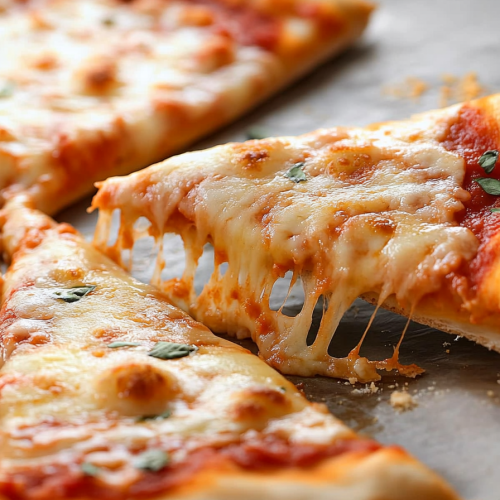
Gluten-Free Pizza Toppings
Ingredients
Base Ingredients
- 1 large Gluten-free pizza crust
- 0.5 cup Marinara sauce
- 1.5 cup Mozzarella cheese, shredded
Vegetable Toppings
- 0.5 cup Bell peppers, sliced Mixed colors
- 0.5 cup Mushrooms, sliced
- 0.25 cup Red onion, thinly sliced
- 0.25 cup Black olives, sliced
- 0.25 cup Cherry tomatoes, halved
Protein Toppings
- 0.5 cup Cooked chicken, shredded Optional
- 0.5 cup Pepperoni, sliced Gluten-free variety, optional
- 0.5 cup Cooked sausage, crumbled Gluten-free variety, optional
Herbs and Seasonings
- 1 teaspoon Dried oregano
- 0.5 teaspoon Garlic powder
- 0.25 teaspoon Red pepper flakes Optional
Instructions
Preparation Steps
- Preheat your oven to 425°F (220°C). If your gluten-free crust requires pre-baking, follow the package instructions.
- Spread the marinara sauce evenly over the gluten-free pizza crust, leaving a small border for the crust.
- Sprinkle the shredded mozzarella cheese over the sauce.
- Arrange your chosen vegetable and protein toppings over the cheese. Be careful not to overload the pizza, which can make the crust soggy.
- Season the pizza with dried oregano, garlic powder, and red pepper flakes (if using).
- Bake for 12-15 minutes, or until the crust is golden brown and the cheese is melted and bubbly.
- Let the pizza cool for a few minutes before slicing and serving.
Notes
Nutrition

Ava Brooks is the home cook behind RecipeSharingHub, sharing dependable, step‑by‑step recipes for busy weeknights and easy weekend bakes. When not testing dishes, Ava snaps kitchen photos and answers reader questions in the comments. Discover the latest recipes or join the newsletter for new ideas each week.

